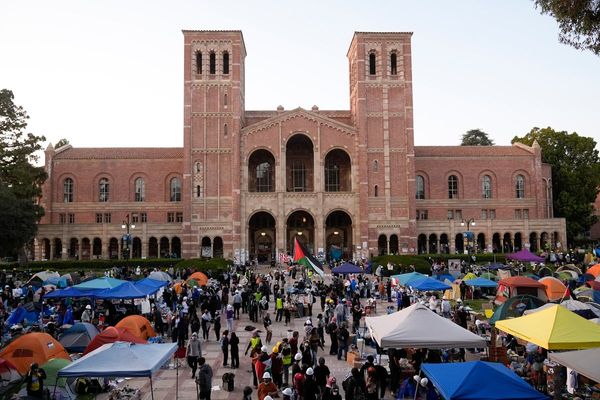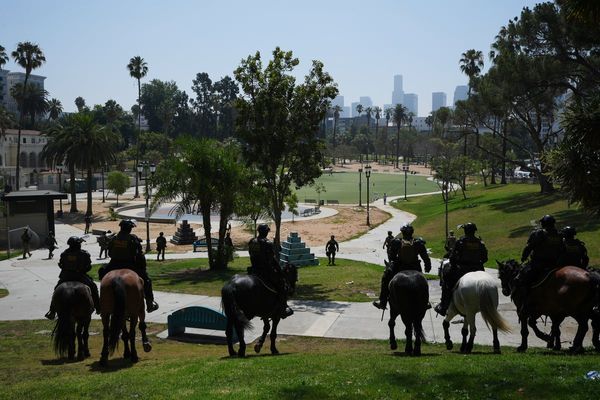
UNESCO has announced additions to its list of World Heritage In Danger, citing threats to The Landmarks of the Ancient Kingdom of Saba, Marib (Yemen), The Rachid Karameh International Fair of Tripoli (Lebanon), and the Historic Center of the Port City of Odesa (Ukraine).
"Odesa, a free city, a world city, a legendary port that has left its mark on cinema, literature and the arts, is thus placed under the reinforced protection of the international community," writes Audrey Azoulay, UNESCO's Director-General, "While the war continues, this inscription embodies our collective determination to ensure that this city, which has always surmounted global upheavals, is preserved from further destruction."

The Rachid Karameh International Fair of Tripoli in northern Lebanon was designed in 1962 by the Brazilian architect Oscar Niemeyer. According to UNESCO, "The fair was the flagship project of Lebanon's modernization policy in the 1960s. The close collaboration between Oscar Niemeyer, the architect of the project, and Lebanese engineers gave rise to a remarkable example of exchange between different continents."
The World Heritage Committee added the site "due to its alarming state of conservation, the lack of financial resources for its maintenance, and the latent risk of development proposals that could affect the integrity of the complex."

The Landmarks of the Ancient Kingdom of Saba, Marib in Yemen comprises "seven archaeological sites that bear witness to the rich Kingdom of Saba and its architectural, aesthetic and technological achievements from the 1st millennium BCE to the arrival of Islam around 630 CE," according to UNESCO.
The agency singles out the irrigation system of ancient Ma'rib for its "technological prowess in hydrological engineering and agriculture on a scale unparalleled in ancient South Arabia, resulting in the creation of the largest ancient man-made oasis."
These sites were added, "due to threats of destruction from the ongoing conflict."
World Heritage sites, according to UNESCO, "must be of outstanding universal value" and meet at least one of 10 selection criteria. Criteria include representing "a masterpiece of human creative genius" and bearing "testimony to a cultural tradition or to a civilization which is living or which has disappeared."







